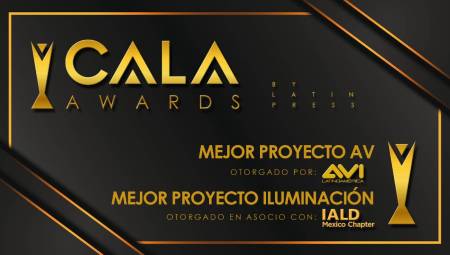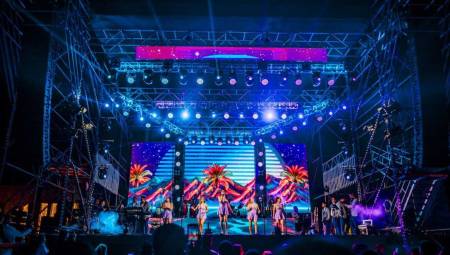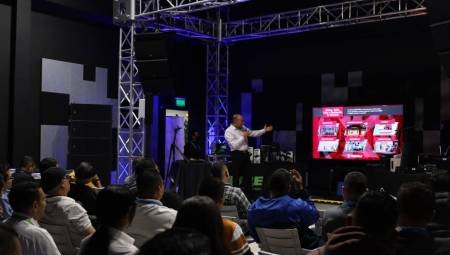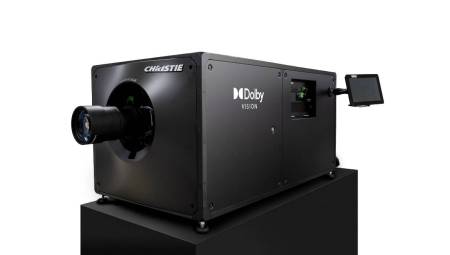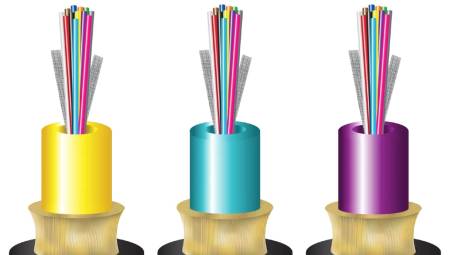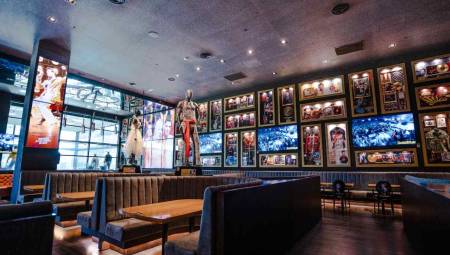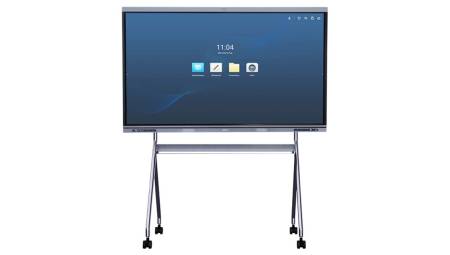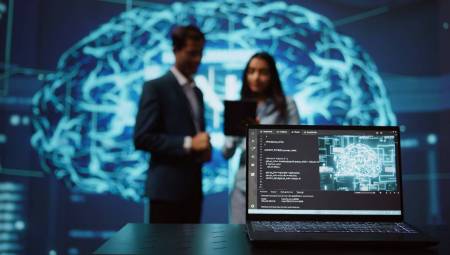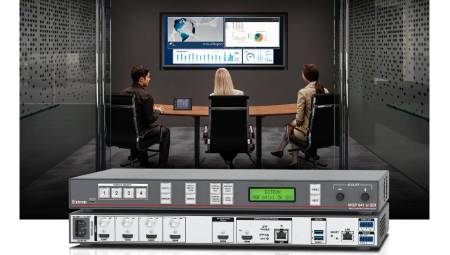 Mexico. In recent years we have heard more and more about the Internet of Things (IoT) as the technology that allows the connection of objects with each other, turning them into intelligent, transmitters of information and generators of new business models, by capitalizing on the use of data to provide people and industries with better solutions in their daily activities.
Mexico. In recent years we have heard more and more about the Internet of Things (IoT) as the technology that allows the connection of objects with each other, turning them into intelligent, transmitters of information and generators of new business models, by capitalizing on the use of data to provide people and industries with better solutions in their daily activities.
Among the aspects in which the IoT begins to drive transformations, is the digitization of light. In this way, the administration of the on and off of the different bulbs installed inside and outside the home, can now be managed from an application on a mobile device, even without the need to be at home. On the other hand, there are systems that, through software, share data between the connected LED light points to perform millions of executions, both in buildings and in public spaces that require electricity supply.
In a connected lighting system, luminaires and other devices merge with networks for the collection, distribution and storage of large amounts of data, which will allow to drive decision-making and innovation, improve operations and reduce costs in activities where light has a share.
Thanks to the fusion between connectivity and lighting, platforms like these help the construction of smart cities, because light is a resource that must be managed so that people live unique experiences, such as: feeling safe in public places, having sustainable and well-lit offices that increase their productivity, enjoying tourist spaces surrounded by light shows, amplify the experience of fans in stadiums by turning lighting into the #jugador13, creating dynamic shows; in addition to improving the way of buying by having greater visibility of the products in points of sale.
The era of digital lighting has great advantages, ranging from caring for the environment by seeking to reduce carbon emissions, to managing light with just one click on a mobile device or a system. Indonesia, Canada, Argentina, Brazil, the United Kingdom and Spain are countries that currently enjoy the benefits granted by this technology, and have experienced the decrease in energy consumption by up to 70%.
According to the World Organization of the United Nations (UN) it is expected that by 2050, 66% of inhabitants in urban centers will be surrounded by intelligent systems where the IoT will be the main element, as buildings and homes will be completely connected.
Following this trend, the company Signify presented at Expo Lighting America 2019 its proposal of connected LED lighting systems and services, to unleash the extraordinary potential of light, through its Philips Hue home products that extends its portfolio to innovations in outdoors, for the bathroom and for gamers with Hue Play; as well as its Interact platform, which is secure, scalable and allows the collection of information through integrated sensors and interconnected devices.
The introduction of intelligent systems will allow to enjoy a unique quality of light, which will make people's lives safer and more comfortable inside and outside the home; the most energy-efficient, productive and livable companies and cities; and the more sustainable world.




